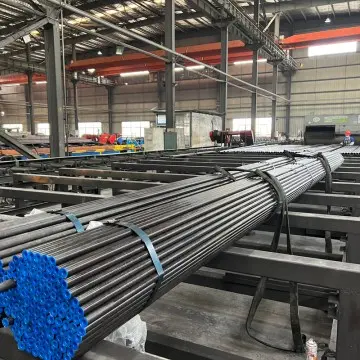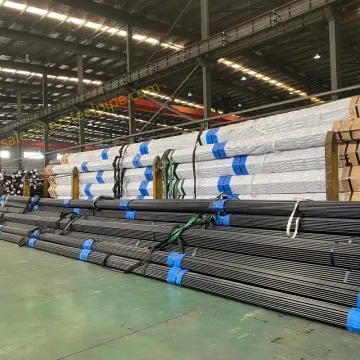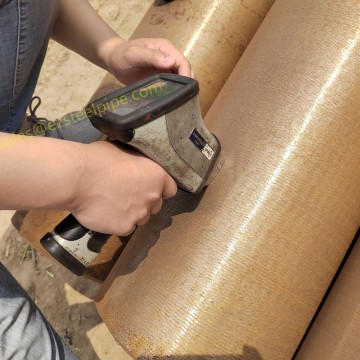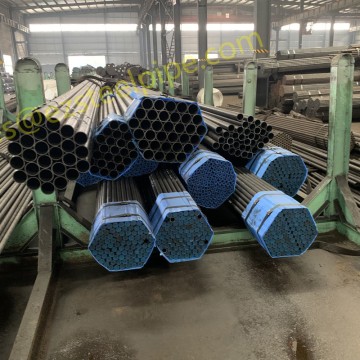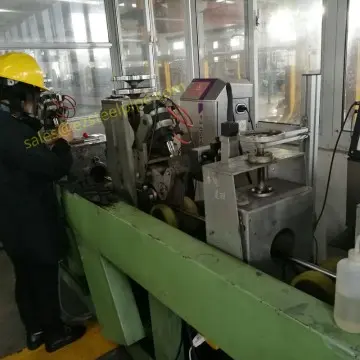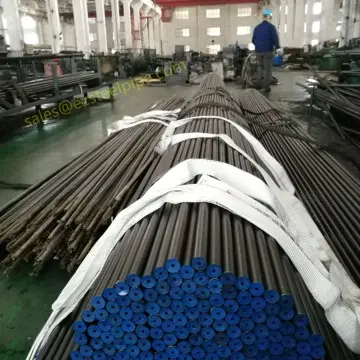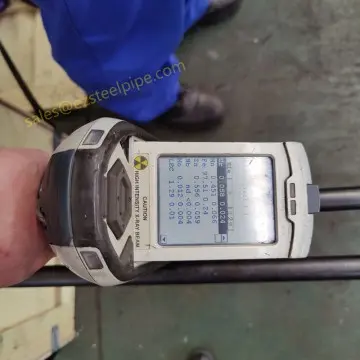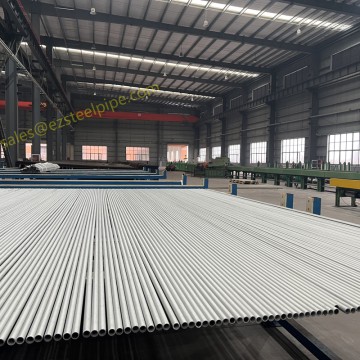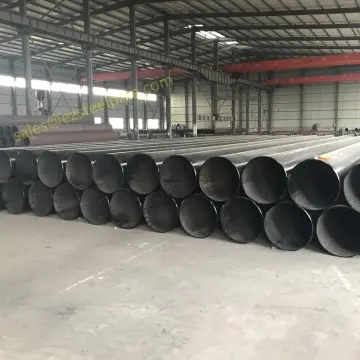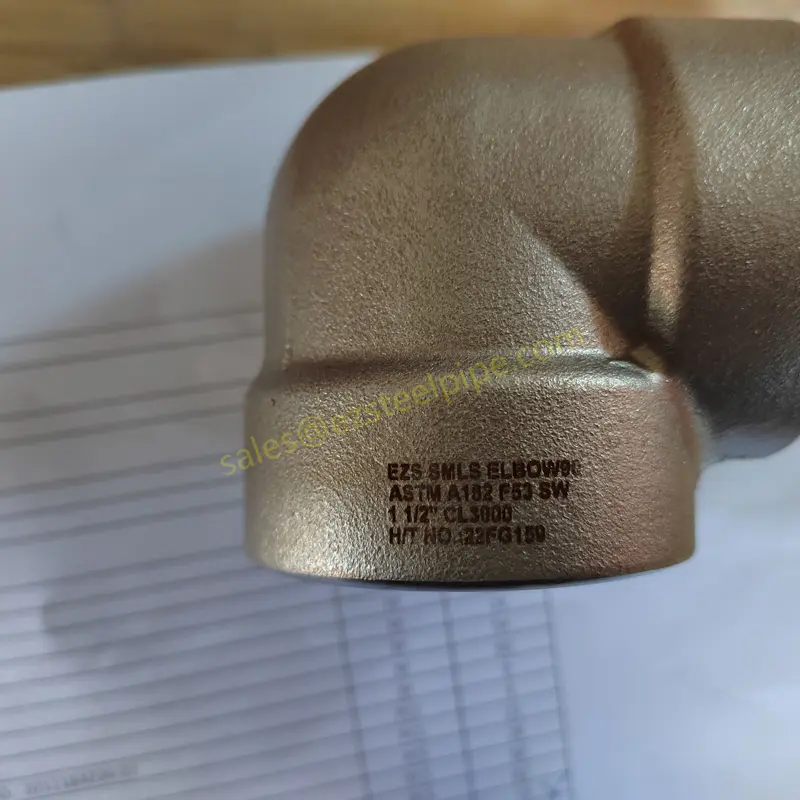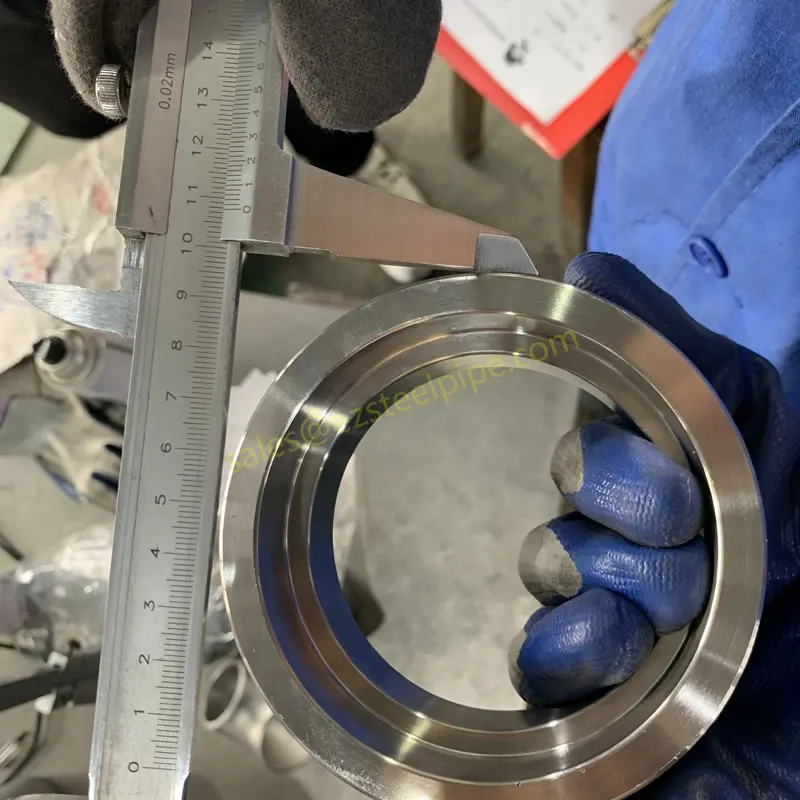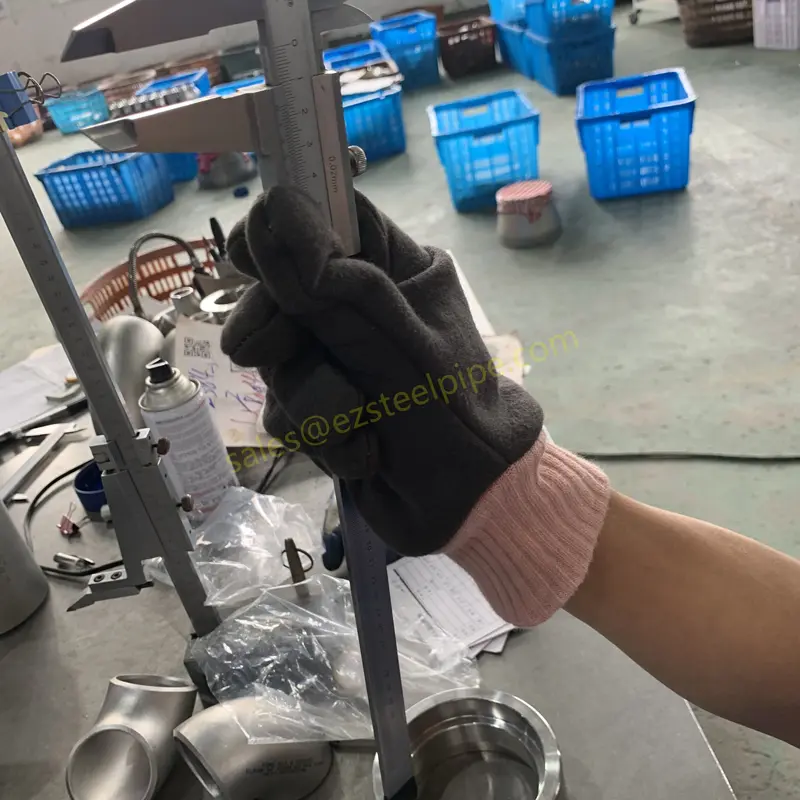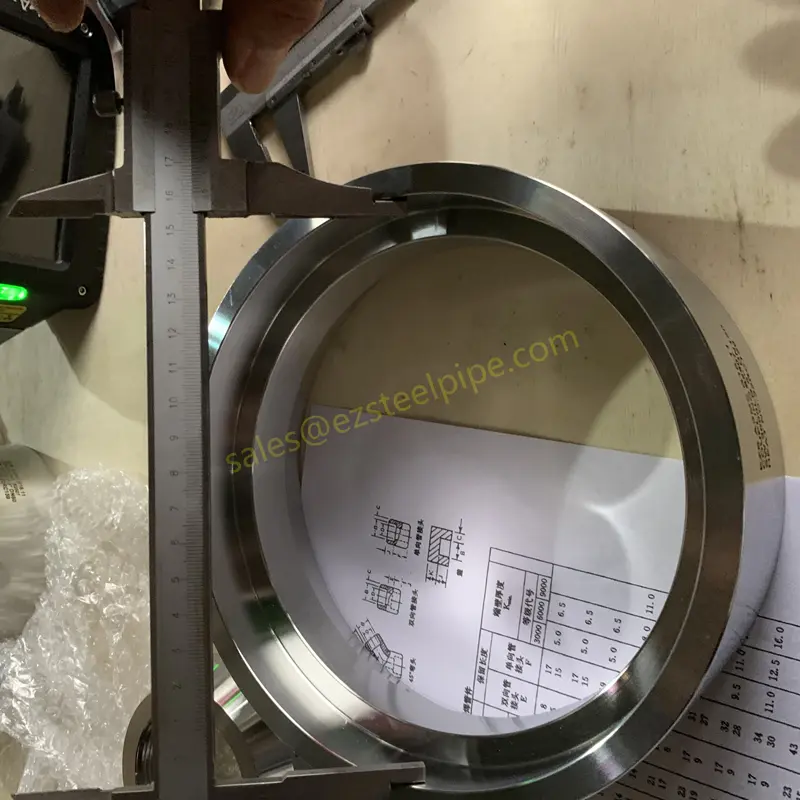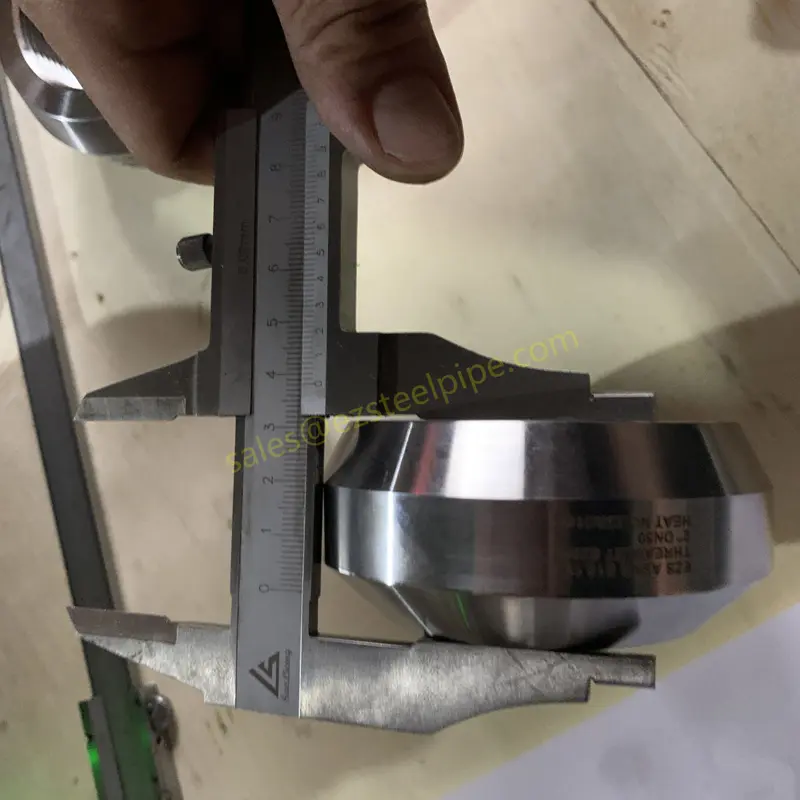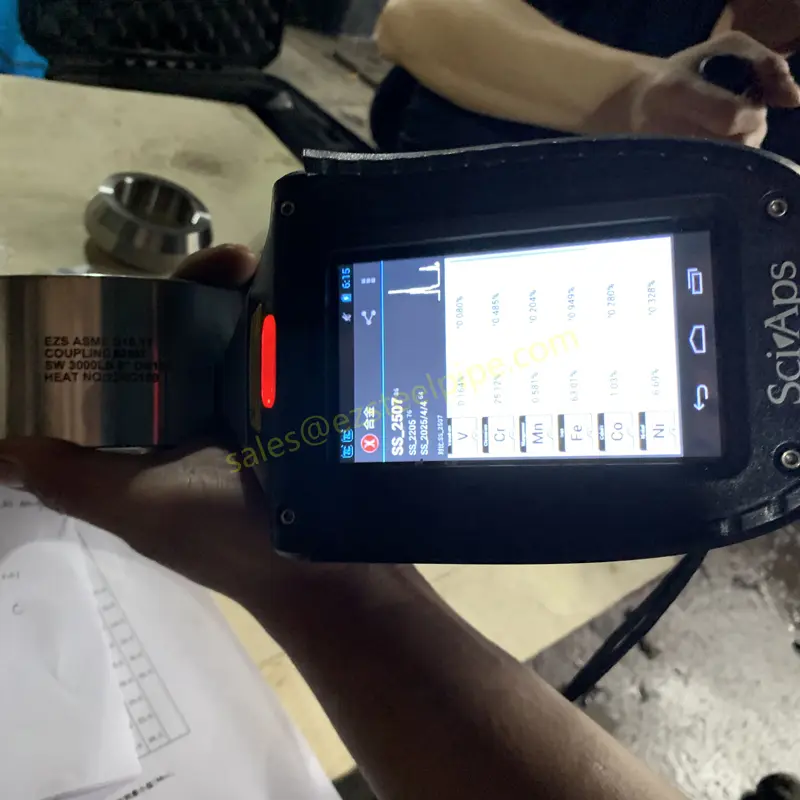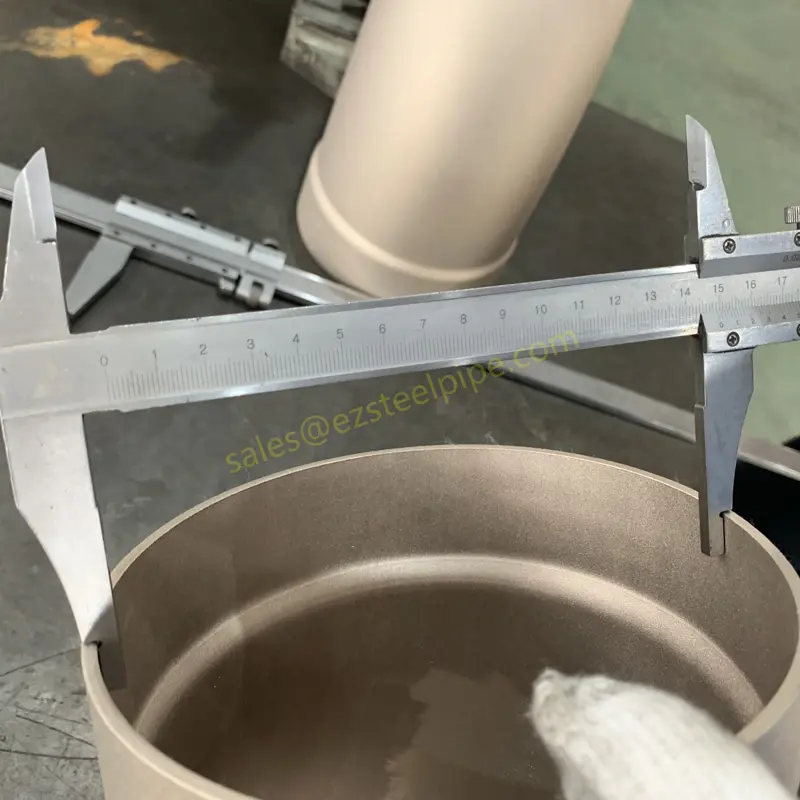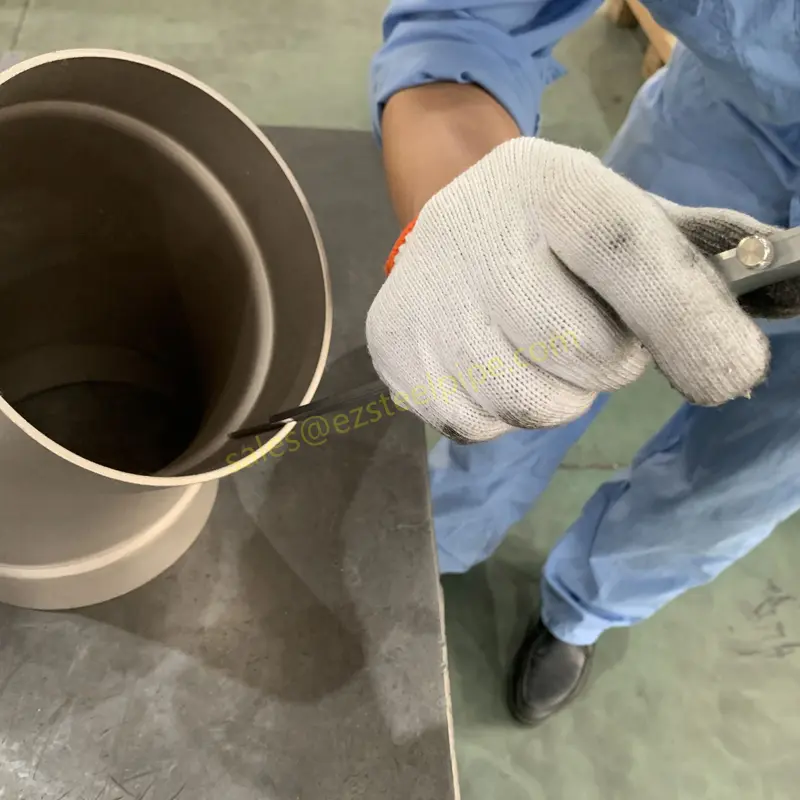- Carbon & Carbon Alloy Steel
- Stainless Steel
- Copper & Nickel Alloy
- Heat Efficiency Tubes
- Pipe Fittings
- Pipe Flanges
- Gasket, Stud Bolt &Nut
- Industrial Valves
01
Socket-Welding Pipe Fittings for Piping System
Manufacturing Method of SW Fittings
a) Material Selection
- Common materials: Carbon steel (ASTM A105), Stainless steel (ASTM A182 F304/316), Alloy steel (ASTM A182 F11/F22).
- Forged or machined from solid billets for high strength.
b) Forging & Machining Process
1. Hot Forging: Heated metal is shaped under high pressure.
2. Machining:
- Inner socket is precision-machined to fit the pipe snugly.
- Outer surface is finished to meet dimensional standards.
3. Heat Treatment: Annealing or quenching for stress relief.
4. Surface Treatment: Shot blasting, galvanizing (if required).
c) Quality Control
- Dimensional checks (per ASME B16.11).
- Pressure testing (optional, depending on application).
- Material certification (MTC as per ASTM/EN).
Common Types of SW Fittings
| Type | Description | Application |
|---------------|----------------|----------------|
| SW Elbow | 90° or 45° direction change | Compact piping systems |
| SW Tee | Branch connection | Flow splitting/merging |
| SW Coupling | Joins two pipes | Straight pipe connections |
| SW Reducer | Connects different pipe sizes | Pump inlets, valve connections |
| SW Cap | Seals pipe end | System termination |
| SW Union | Allows disassembly | Maintenance points |
Applications of SW Fittings
✔ High-Pressure Systems (Hydraulic lines, steam lines).
✔ Small-Bore Piping (Typically NPS 2" or smaller).
✔ Vibration-Prone Systems (Better resistance than threaded fittings).
✔ Chemical & Petrochemical Plants (Corrosion-resistant SS fittings).
✔ Power Plants & Shipbuilding (High-integrity joints).
Limitations:
❌ Not ideal for large-diameter pipes (NPS > 4").
❌ Slip-on flange alternatives are preferred for frequent disassembly.
Key Differences Between SW and BW Fittings
| Feature | Socket-Weld (SW) | Butt-Weld (BW) |
| Connection Type | Pipe inserted into socket | Pipe welded end-to-end |
| Size Range | NPS ½" to 4" (small bore) | NPS ½" to 48"+ (large bore) |
| Strength | Good for moderate pressure | Superior for high pressure/temperature |
| Internal Flow | Slight restriction at socket | Smooth, uninterrupted flow |
| Welding Process | Fillet weld around joint | Full-penetration groove weld |
| Cost | Lower (less welding prep) | Higher (more labor-intensive) |
| Disassembly | Difficult (welded) | Permanent (cutting required) |
When to Use SW Over BW?
- Small-diameter, high-pressure systems.
- Where space constraints prevent BW flange use.
- When threaded fittings are insufficient.
Popular Manufacturing Standards for SW Fittings
a) ASME B16.11 (Most Common)
- Covers forged carbon/alloy steel SW fittings.
- Pressure ratings: Class 3000, 6000, 9000 (higher than threaded fittings).
- Materials: ASTM A105 (CS), A182 (SS), A350 (low-temp).
b) MSS SP-79 / SP-83
- Stainless steel SW fittings (complements ASME B16.11).
- Used in corrosive environments.
c) EN 10241 / ISO 5251 (European Standards)
- Equivalent to ASME B16.11 but with metric dimensions.
- Common in EU oil & gas, chemical industries.
d) JIS B2306 (Japanese Standard)
- Similar to ASME B16.11 but with JIS material grades.
Installation & Welding Tips for SW Fittings
1. Gap Requirement: Leave a 1.6mm (1/16") gap between pipe and socket shoulder to prevent cracking.
2. Welding Method:
- TIG/GTAW (best for stainless steel).
- SMAW (Stick Welding) for carbon steel.
3. Post-Weld Inspection:
- Visual check for cracks/porosity.
- Dye penetrant testing (PT) for critical systems.
Standard ranges for dimensions, pressure classes, and materials
Socket-welding (SW) fittings are primarily used for small-bore, high-pressure piping systems.
1. Size Range (Nominal Pipe Size – NPS)
| Fitting Type | Common Size Range (NPS) | Max. Typical Size |
| SW Elbow (90°/45°) | ⅛" to 4" | 4" (limited beyond) |
| SW Tee | ⅛" to 4" | 4" |
| SW Coupling | ⅛" to 4" | 4" |
| SW Reducer | ⅛" to 4" | 4" |
| SW Cap | ⅛" to 4" | 4" |
| SW Union | ⅛" to 2" | 2" (rarely beyond) |
Note:
- Most common applications use NPS ½" to 2".
- NPS 3" and 4" are less common (BW fittings preferred).
- NPS > 4" is not standard for SW fittings (butt-welding is used instead).
2. Pressure Class Ratings (ASME B16.11)
SW fittings are classified by pressure ratings, not PN/Class like flanges.
| Pressure Class | Max. Working Pressure (PSI) | Typical Applications |
| Class 3000 | ~750 PSI (51 bar) | General process piping |
| Class 6000 | ~1500 PSI (103 bar) | High-pressure hydraulics |
| Class 9000 | ~2250 PSI (155 bar) | Steam, critical systems |
Key Points:
- Higher class = thicker walls, stronger fittings.
- Class 3000 is most common for standard applications.
- Class 6000/9000 used in oil & gas, power plants.
3. Material Range (Common Standards)
| Material Type | ASTM Standard | Common Grades |
| Carbon Steel | ASTM A105 | A105 (Forged) |
| Stainless Steel | ASTM A182 | F304, F316, F321 |
| Alloy Steel | ASTM A182 | F11, F22, F91 |
| Low-Temp Carbon Steel | ASTM A350 | LF2, LF3 |
4. Comparison with Threaded & Butt-Weld Fittings
| Feature | Socket-Weld (SW) | Threaded (NPT) | Butt-Weld (BW) |
| Size Range | ⅛" – 4" | ⅛" – 12" | ½" – 48"+ |
| Max Pressure | Up to 9000# | Up to 3000# | Unlimited (ASME B16.9) |
| Leak Resistance | Excellent (welded) | Moderate (sealant needed) | Best (full penetration weld) |
| Installation Ease | Moderate (welding skill needed) | Easiest (screw-on) | Most complex (precise welding) |
| Cost | Medium | Lowest | Highest (labor-intensive) |
5. When to Use SW Fittings?
✅ High-pressure, small-bore systems (hydraulics, steam).
✅ Vibration-prone areas (better than threaded).
✅ Where space is limited (compact vs. BW flanges).
❌ Avoid for:
- Large pipes (NPS > 4").
- Systems requiring frequent disassembly (use threaded/unions).
- Highly corrosive fluids (unless using SS grades).
Conclusion
- Standard SW fitting range: ⅛" to 4", with Class 3000, 6000, 9000 pressure ratings.
- Most common materials: A105 (CS), A182 (SS), A350 (low-temp).
- Best for: High-pressure, small-diameter piping where threaded fittings are weak and BW is impractical.
Want to order the same ? Contact us Now to send your request!





